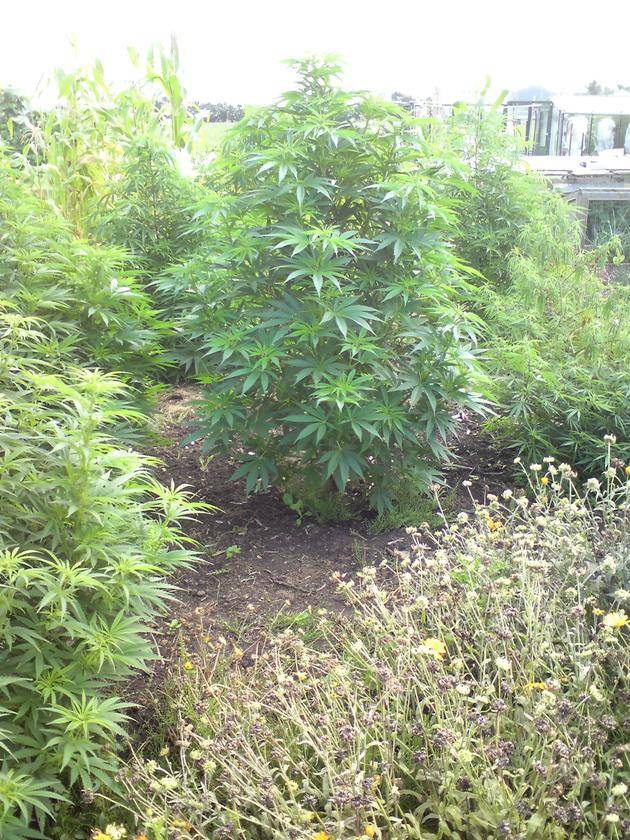E
elmanito
Has anyone experience with the use of rock dust as additive in your soil and what were/are your results with it??
I've used and i'm a big fan of using rock dust, but never used big quantities in potting soil as what Don Weaver describes.
Mexicans (Black Seed) on an added rock dust field in combination with Sea-Crop & some organic fertilizer.

One of the guys who is a great expert on this field is Don Weaver.
[YOUTUBEIF]NlGauJnyCFg[/YOUTUBEIF]
http://remineralize.org/
Namaste

I've used and i'm a big fan of using rock dust, but never used big quantities in potting soil as what Don Weaver describes.
Mexicans (Black Seed) on an added rock dust field in combination with Sea-Crop & some organic fertilizer.
One of the guys who is a great expert on this field is Don Weaver.
[YOUTUBEIF]NlGauJnyCFg[/YOUTUBEIF]
http://remineralize.org/
Namaste

















